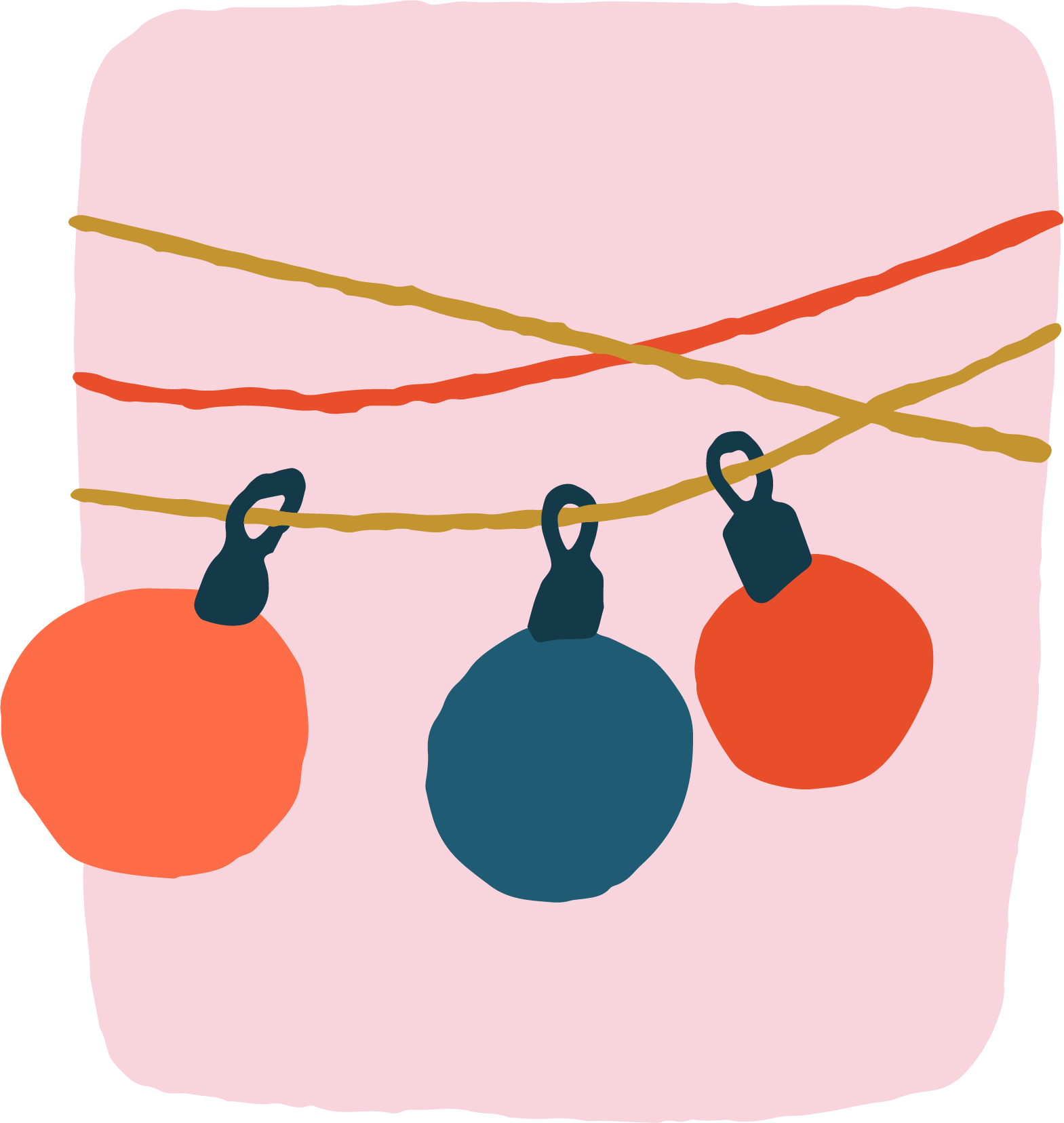From Hobby to Business: Turning Your Card Designs into a Creative Career
What begins as a quiet evening at the table — sketching flowers, cutting corners, layering textures — can slowly grow into something bigger. Many of our students come for the joy of creating, and stay for the surprising realization: people want to buy what I make.
If you’ve ever wondered whether your greeting card hobby could become a source of income, the answer is yes. Let’s walk through how.
1. Start Small, Start Real
You don’t need a huge launch or a full product line. Begin by showing your designs to friends, family, or social media followers. Share behind-the-scenes moments, time-lapses, or just snapshots of your work in progress.
The key here is connection — not perfection.
2. Create a Signature Style
Your unique style is your brand.
Do you love pastel florals, bold graphics, or witty typography? Lean into it. Over time, people will begin to recognize your work even without a name attached — and that’s the sweet spot.
Try experimenting with:
- Color palettes you return to
- Signature elements (like brush lettering or collage)
- A recurring theme (humor, warmth, elegance, etc.)
3. Pricing with Confidence
One of the biggest hurdles? Pricing.
Remember: you’re not just selling paper. You’re offering time, skill, creativity, and originality.
Consider:
- Cost of materials
- Time invested
- Packaging
- Artistic value
Start simple, and allow yourself to adjust as you learn. You can also create sets or bundles to encourage higher purchases without overwhelming buyers.
4. Where to Sell
There are many platforms to test the waters:
- Etsy: Perfect for handmade and niche designs.
- Instagram Shops: Visual and ideal for building an audience.
- Local Markets: Great for feedback and in-person connection.
- Personal Website: Offers full control and branding.
You don’t need to be everywhere at once — choose one and grow steadily.
5. Add Value Beyond the Card
Think about what else you can offer:
- Customization (names, dates, personal messages)
- Matching envelopes or packaging
- Seasonal subscriptions
- Mini prints or bookmarks as add-ons
These little touches often make the difference between a customer and a returning fan.
6. Keep the Joy Alive
Most importantly: protect the reason you started.
As your hobby grows into a hustle, it’s easy to get caught in deadlines, demands, or comparisons. Schedule time just to create for yourself. Revisit old techniques. Experiment. Fail gloriously.
Your joy is your best marketing.
The Bottom Line
You don’t need to be a big brand to be successful.
You just need to be genuine, creative, and consistent.
Your cards already have value — now it’s about letting the world see it.
So go ahead. Turn the page. Turn the hobby into something more.




